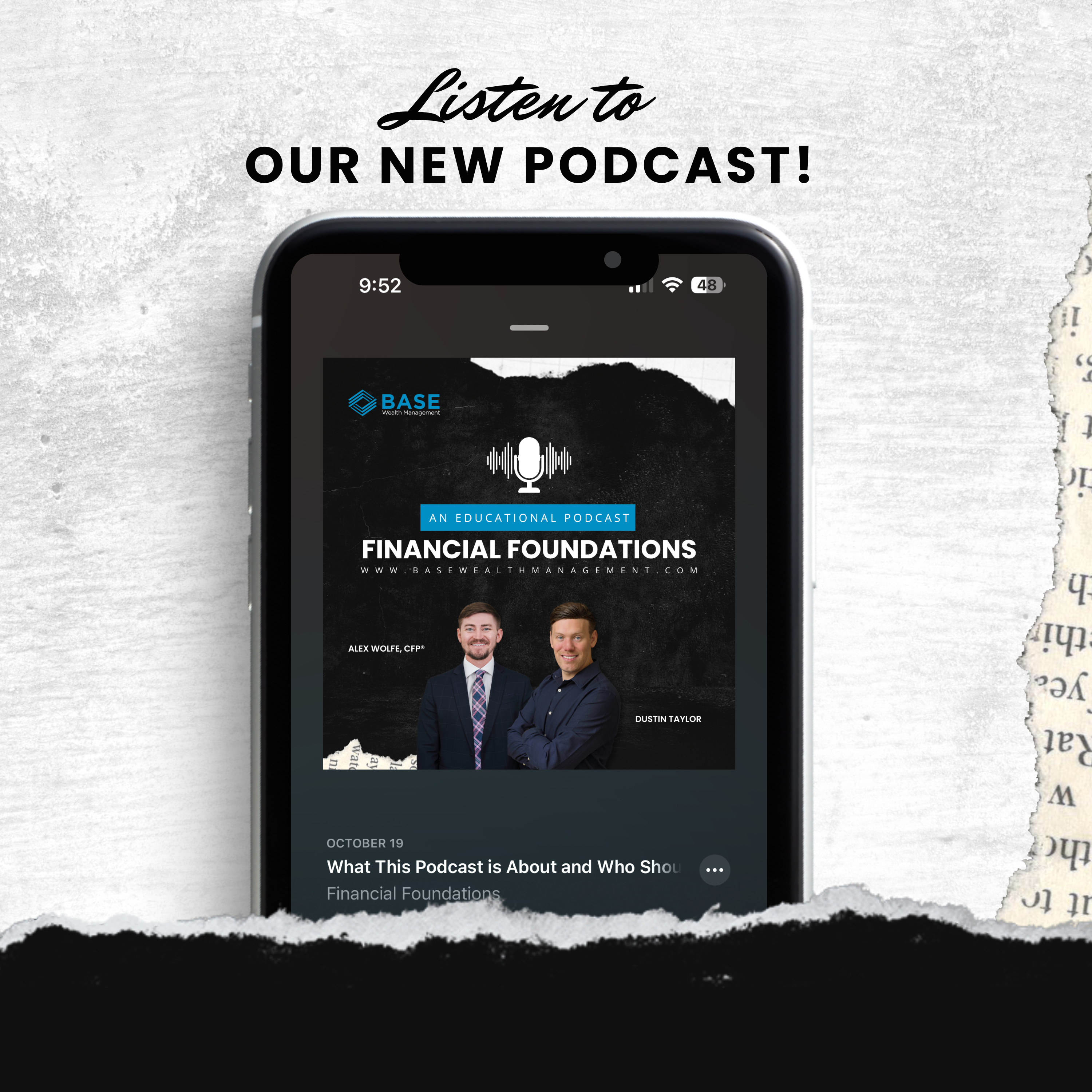May Inflation Data Shows Small Increase
Inflation in May remained subdued, with the Fed’s preferred gauge—the PCE price index—rising just 0.1% for the month and 2.3% year-over-year. Core inflation, excluding food and energy, came in slightly hotter than expected at 0.2% monthly and 2.7% annually. Consumer spending and personal income both declined, signaling potential economic softening ahead of expected tariff impacts. While the data supports the case for a possible rate cut, Fed officials remain cautious despite pressure from President Trump.
Housing Market Stumbles as New Home Sales Hit New Low In May
New single-family home sales dropped 13.7% in May to 623,000 units, falling well below analyst expectations and marking a 6.3% decline from the prior year. Persistently high mortgage rates near 7% in May continued to pressure affordability, leading to weakened buyer demand despite some homebuilders lowering prices. The median new home price rose 3% year-over-year to $426,600, while inventory surged to a 9.8-month supply—the highest since the early Fed rate hikes post-COVID. Industry experts note that both affordability challenges and declining consumer confidence are dampening the momentum of the housing market.
Retailers Turn to Returns and Resale to Offset Tariff Pressures
As tariffs increase the cost of new goods, retailers are accelerating reverse logistics to quickly resell returned items and reduce reliance on fresh inventory. Efficient return processing helps retailers cut costs, with over 85% of returned goods fit for resale and returns now contributing significantly to inventory and revenue. The resale and re-commerce markets are rapidly expanding, fueled by consumer demand for lower prices and sustainability, with major players investing in secondhand channels and digital platforms like Stork streamlining global distribution. Reverse logistics is growing faster than GDP, projected to hit $150 billion in the U.S. in 2025, as retailers seek competitive advantages in a high-cost environment.


















